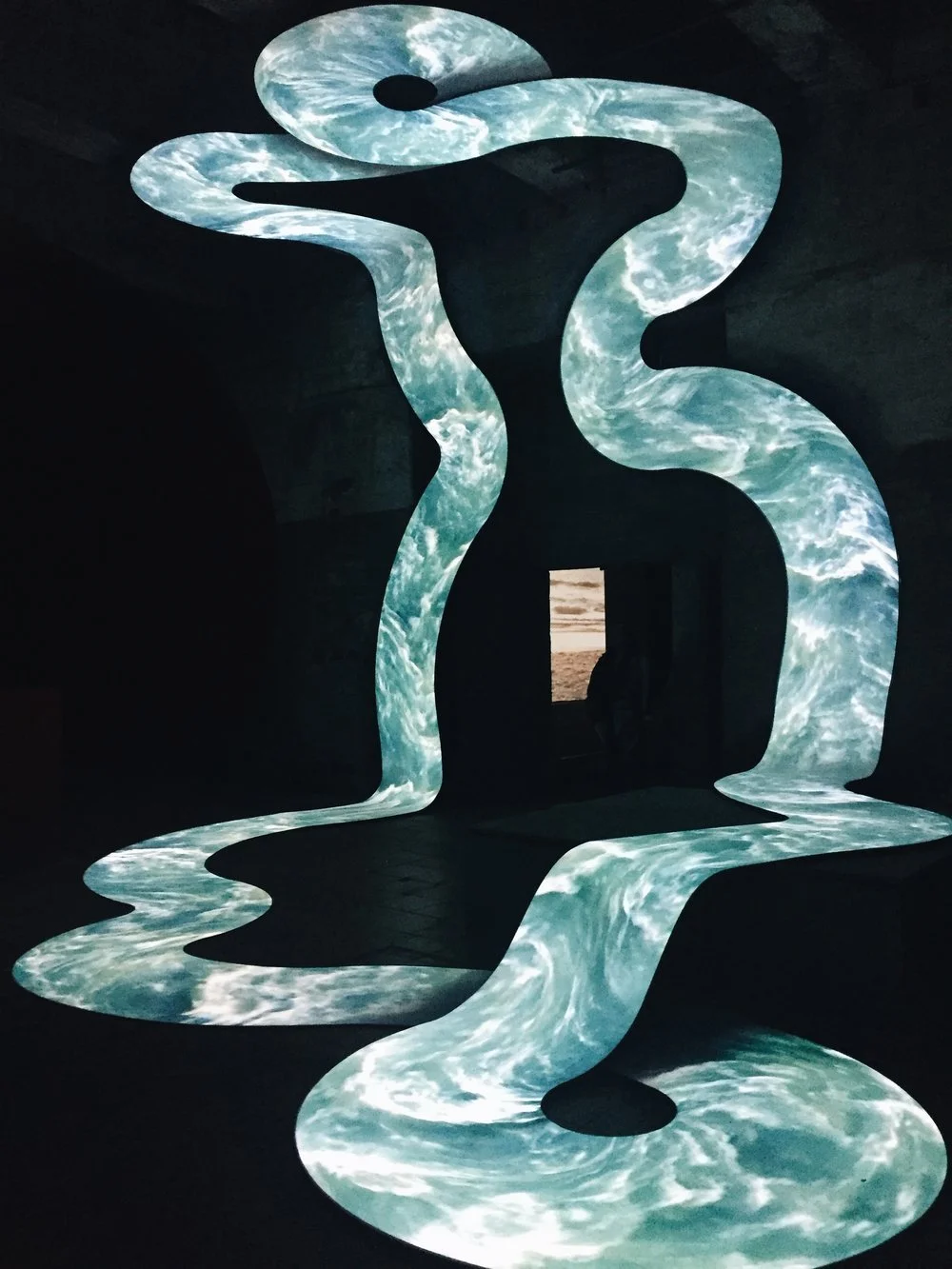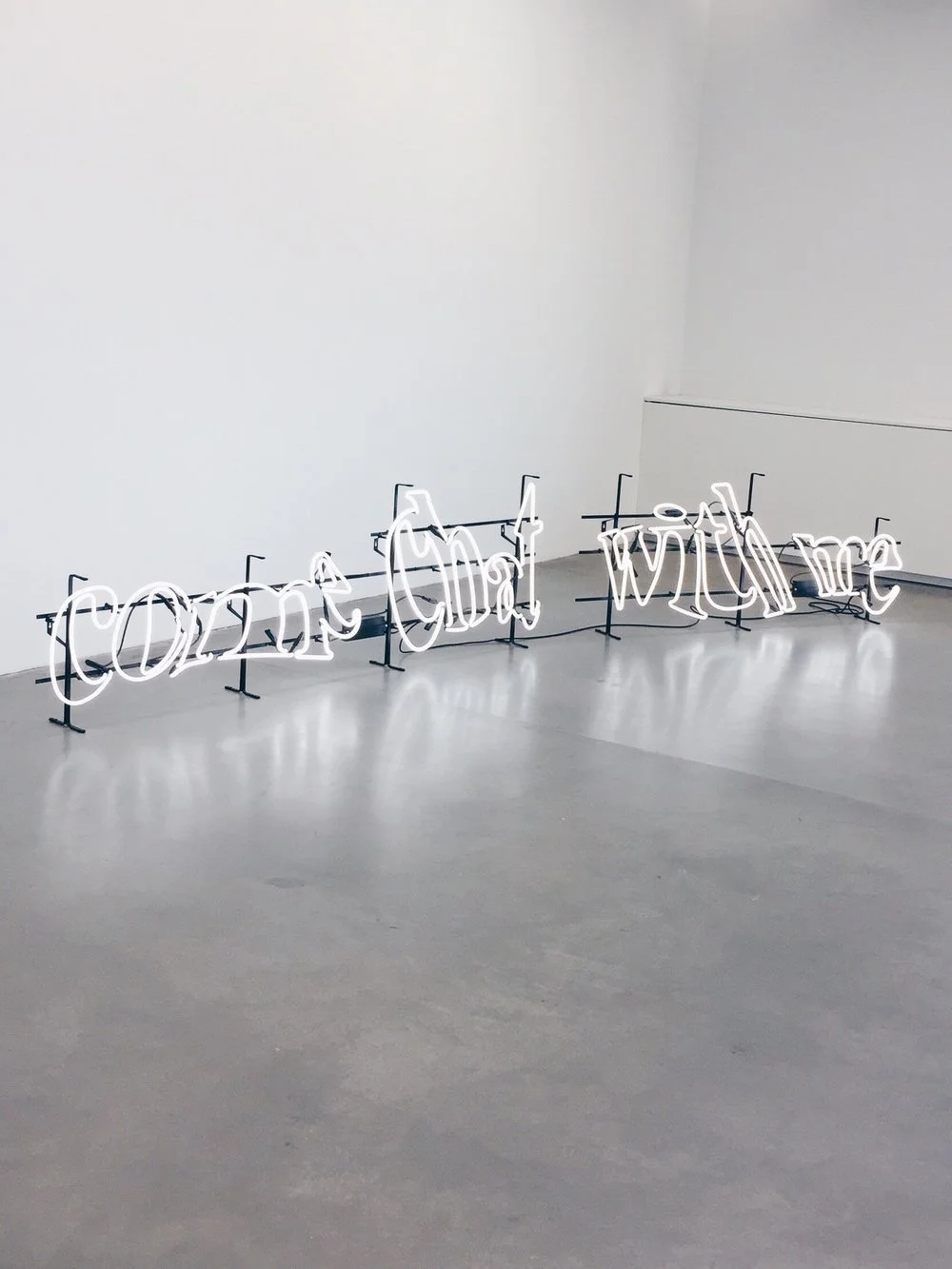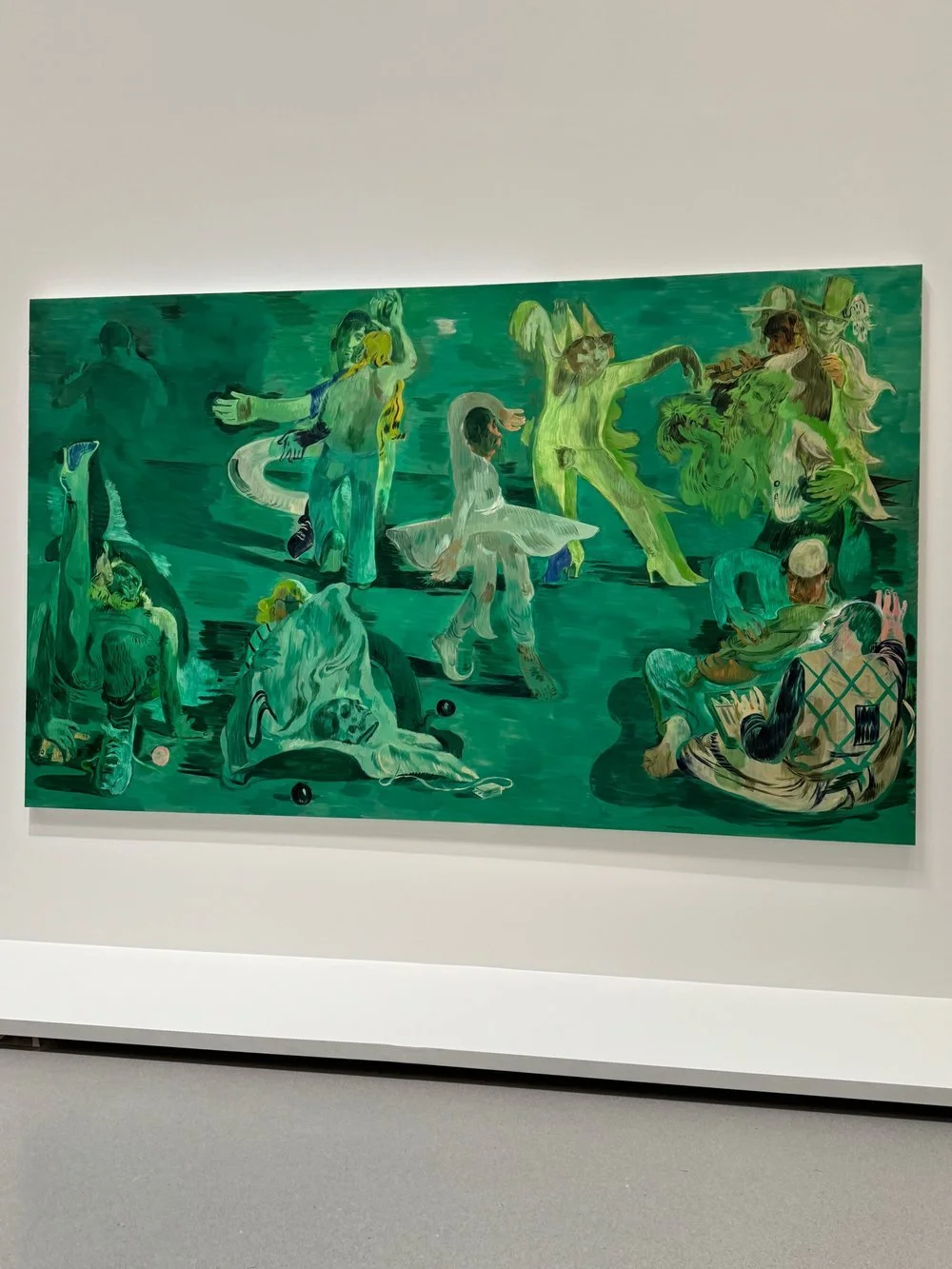Where to Find Contemporary Art in Bordeaux, France
For the French, Bordeaux is often dubbed the Paris of the South. This is due in part to its abundant offerings in art and culture. During my most recent stay, I visited two distinct art museums/spaces. Both cater to contemporary art, and help to establish Bordeaux as a valid destination to experience innovative artwork. Here is a recap of my experience:
CAPC Musée d'Art Contemporain de Bordeaux
While in Bordeaux for the week, I knew I wanted to check out CAPC, the city’s official museum for contemporary art. Honestly, the official website is lacking and seems outdated, so I had no idea what to expect during my visit. But, I was slightly reassured as soon as I arrived to the museum. The exterior looks polished yet inviting, and the indoor space is vast yet well maintained. There were multiple exhibitions on view.
Danh Vō, Untitled
First, the Danh Vō exhibition. I had missed the artist’s retrospective exhibition at the Guggenheim Museum, so I was excited to hear his work would be exhibited here. While I am glad I got the chance to see his work in person, it wasn’t as immersive as I’d hoped—but through absolutely no fault of the artist. In my opinion, the experience was less of a fully fleshed out exhibition, and rather a display of three to four installations places in a single gallery. The wall text was also quite ambiguous. I actually enjoyed the works displayed, but I found the label of “exhibition” misleading. I think the works could hold greater impact with visitors had the museum provided more context or presented the themes Vō typically explores.
On the next floor were two mini exhibitions focused on architecture. One on contemporary Chinese architects and the other on construction projects occurring at the Parisian border. They were interesting but seemed more like small-scale presentations rather than classic exhibitions. It would be a great visit for a university-level architecture class, for example.
Right to Left: Olivier Mosset, Rosebud. Toni Grand, Untitled
The third floor featured works from the permanent collection. This is the most “white cube” section of the museum. The works were nicely displayed and I enjoyed a lot of the works on view. However, much of the wall labels were strangely placed far away from the artworks and provided absolutely no context. Of course, context isn’t always necessary to appreciate modern and contemporary art, but the presentation of the collection would be more accessible to visitors if it had been organized in some way (chronologically, by art movement, overarching theme…anything honestly). I hypothesized some potential curatorial associations for some works that were placed near each other, but I often felt as if I was reaching for meaning instead of interpreting a curated story. Most likely, it was simply a display of some of the works the museum had come to own.
Richard Long, White rock line
Richard Long, Ligne d’ardoise, Bordeaux 1985
The outdoor terrace featured two land art works by Richard Long. Minimalist yet contemplative.
The museum was a little bit difficult to navigate and I realized I had neglected the exhibition of young local artists. So I checked that out last, and really enjoyed it. The artwork here was cheeky, dark, sexual, and sometimes humorous. It had the most emotional impact—and entertainment factor—of all the exhibitions.
Anaïs Hay, Ça dernier savon
Base Sous-Marine
The Base Sous-Marine is an underwater art space on the outskirts of the city. It’s a little difficult to get to if you don’t have a car, so if you are without one, I would recommend taking a bike with you on the tram, getting off near La Cité du Vin, and biking from there (about a 10 minute ride).
The space is a converted World War II submarine base, so it is massive. When you first walk in, you are overtaken by the solid concrete structure, and this is even before you arrive underground. The exhibition on view was Medio Acqua, an exhibition appropriately focused on the theme of water. Almost all of the contemporary artists featured were from the region, and presented the ways in which they interpreted ideas of water. Some highlights:
Pierre Malphettes, Un Nuage de verre
Alessandro Sciaraffa, Ti porto il mare
An infinitely-long “film” made up of an algorithm that randomly collaged scenes from major movies that featured a water landscape. One can really experience how water has served major roles in symbolism and aesthetics—becoming a character in and of itself—throughout the history of cinema.
A drum filled with beads that mechanically tilted from side to side, recreating the sound of crashing waves, which could be heard throughout the entire exhibition. A reminder that water can also be an audible experience.
A fractured thundercloud made of suspended glass panels, over-lit with neon lights. I believe this was meant to argue that nature and the artificial are not binaries, since lightning is both an organic weather phenomenon and a symbol of electricity—the source of modern technology.
Nicolas Tourte, lupanar
Overall, I enjoyed the exhibit, and the space is a great space to host films, exhibitions, and even concerts. It does get chilly, even during the summer, so make sure to bring a jacket.














